Today we continue our journey on the first of my two Japan Winter Wildlife photography tours for 2018, as we photograph the Whooper Swans, but then go back to the Red-Crowned Cranes for a chance of photographing them in the fresh and falling snow.
On day six of the tour, we left the cranes and moved on to photograph the Whooper Swans at Lake Kussharo in Hokkaido, the northern-most island of Japan. After stopping for a somewhat touristy visit to Lake Mashuu, we first spent an hour at a small corner of the Kussharo Lake called Kotan.
Not long after we arrived, a fight broke out between two swans that had just flown into a part of the lake that doesn’t freeze totally because of the geothermal hot water that flows into it there. I don’t like to sensationalize fights between animals, but there can sometimes be something quite beautiful as swans in a flurry cause the water of the environment to take to the air, as we can see in this first image for today (below).
These fights can be quite brutal, sometimes drawing blood, and it often makes me wonder what one swan might not like about the other, but they are common and sometimes unrelenting. A part of nature I guess. I had set my camera to ISO 320 for a 1/1000 of a second exposure, so the airborne water droplets were pretty much suspended in place, and the flailing wings of the birds frozen in time. My aperture was set to f/11 and my focal length was 312 mm with my 100-400mm lens.
After lunch a little further down the road beside the lake, we photographed the swans again for a while and were lucky enough to get some daytime fly-ins, which we don’t see that often. Here we see two pairs of swans flying with the mountains on the other side of the lake as a backdrop. It was around 2:30 pm when I shot this, but already the afternoon light is starting to warm up as the sun nears the horizon.
My settings for this shot were ISO 400 for a 1/1000 of a second at f/11, and a focal length of 110 mm. After this, we went to check in to our hotel early, as it’s close by, and then came back to the same location to photograph the Whooper Swans as the sun dropped behind the mountains with a slow shutter speed, panning with them to capture the movement of their wings, as you can see in the next image (below).
We didn’t get many chances on this first day, so this is probably my best shot, but I do like the warm color over the mostly frozen lake behind the swan, and the “X” shape made by the swan’s wings and their reflection. As I mentioned last week, I generally like to do large bird panning shots with a shutter speed of between 1/25 and a 1/50 of a second. This was a 1/40 of a second, and that generally gives you a better chance of getting the head sharp.
While in the Kushiro area for the first two days in Hokkaido, there had been no falling snow, and the ground where we’d been photographing the Red-Crowned Cranes was very heavily textured from the cranes walking on it, and from the contrast added by the bright sunlight.
So, when the weather forecast indicated that it may well be snowing on our fourth day in Hokkaido, because we were still close enough to go back to the crane’s, I decided to do just that. Swans are beautiful birds, but when there is a chance of photographing crane’s in the snow, in my opinion, that’s always going to be the better option.
To hopefully illustrate my point, here is one of my first photos after we arrived at the Akan Crane Center on our bonus visit (below). These four cranes flew in and landed in a clear, which was a stroke of luck in itself, but the falling snow in this scene and the clean, fresh snow on the ground gives this image a much better look than the images I shared in last week’s travelogue from a few days earlier.
I recall myself and the participants all being very excited as we captured these images. There is an electric excitement when standing in front of a field of birds as beautiful as this in what is probably one of their most majestic conditions. My settings for this were ISO 3200 with 1/800 of a second shutter speed, so you can probably appreciate how little light there was. My aperture was f/10 and my focal length was 442 mm with my 200-400mm lens with the built-in 1.4X Extender engaged.
Just a few minutes later there was another group of five cranes that flew in, as we can see in this next image (below). There were no birds with bands on their legs in both this group and the previous group, which is another stroke of luck. Quite often the crane’s in the best shots have bands on their legs, and that kind of spoils the image. Occasionally I’ll clone them out, but that’s generally more work than I like to do to an image. Not from an ethical perspective, I just don’t like spending any more time on post processing than necessary.
As you can see, even without the snow on the ground included in the shot, the snow in the air still transforms the background to a beautiful painterly backdrop. My settings for this shot were the same as the previous image, but I’d disengaged the internal Extender and was shooting at 400mm, the full extent without the Extender.
After this, the snow got a little finer and the wind got up more, and many of the cranes just seemed to hunker down and start to simply bear the weather. This presents its own photographic opportunities, as you can see in this next image (below) although I was hoping for a little more action.
Still, I like this kind of shot too. There’s a kind of austere beauty to it that really appeals to me. I guess it’s the wildlife version of some of the minimalist landscape work that I love to do so much. My settings for this were ISO 2000 for a 1/800 of a second at f/10, and a focal length of 480 mm. I could, of course, have slowed my shutter speed down some, with the birds being so still, but I do like how the small flakes of snow are totally frozen in time, so that’s not something that I’m going to be too concerned about.
We also of course never know when the cranes are going to burst into action and start dancing around, as one did in this next image (below) so I generally like to just leave my camera settings to be ready for action while with the cranes. I love the painterly feel to this image as well. There was a very beautiful quality to the light for most of this day in the heavy snow. This is another reason why I love photographing anything in the snow.
I’ve heard this accredited to the legendary Jay Maisel, although I can’t find proof of that online, but I love to quote the saying “Never trust air you can’t see.” In New York, that might have a different meaning, but to me, I love it when there is something in the air to make it visible, be it snow, rain, mist, fog or steam. It seems that my favorite images have something in the air to stop it being totally transparent, and that’s a quality that I really value when I’m making photographs.
My settings for this image were ISO 1600, so we can tell that the light was increasing gradually, and my shutter speed was 1/800 at f/10, with a focal length of 560 mm.
At this point, I’m still trying to whittle down the images that I’ll talk about in this travelogue series, and I’m looking at another nine photographs from my picks from the cranes. We’ll continue on with three more images, and then try to move back to the swans and sea eagles for the final episode next week.
I couldn’t resist leaving this next image in the set, partly because I like the texture and detail in the black feathers along the back of the wings on this pair of cranes as they sing together, and partly because this photo reminds me of the difficulty that we often have in getting a clean shot of the crane’s when they dance or sing.
In reality, for this shot, I have cloned out a swan sitting on the ground just behind the two cranes, two more cranes that were strutting along to the right of the swan, and a third crane standing in the space to the left of these cranes. Years ago I wouldn’t have done that, but as the cranes thankfully grow in numbers, it’s become more and more difficult to capture them in the clear and I figure because this is art, not photojournalism, I can do whatever I like.
Of course, it still feels great to nail a shot without having to do that, and most of my work is almost straight out of the camera, but I’m not too concerned these days about removing something when necessary. I was at ISO 1250 for a 1/800 of a second shutter speed with an aperture of f/11 and focal length of 560 mm for this shot.
Talking about detail, that’s also why I like this next image too (below). This is a crane coming in to land, relatively close to us, as I shot this at 400mm and it’s uncropped. I really like the ruffled feathers on the back of this crane’s wings, as the wind that he disturbs as he lands catches up with him. I also like how he has the ice on his legs, probably from sleeping in the river where they roost, that we also looked at last week.
It’s nice too that I was able to capture this while the crane was still over the dark trees in the background. When I first started traveling to this crane center in the winter some 15 years ago, the entire back of the field had dark trees along it like that, but they cut most of them down due to disease, many years ago now, so all we have are these last few trees on the right. They still make a great backdrop when the stars align though. My settings for this photograph were ISO 1600 for 1/800 of a second at f/11.
Every so often the cranes come quite close to the front of the enclosure and they started to do that in the afternoon shortly before we had to leave to return to the area that we were supposed to be photographing the Whooper Swans in. Here (below) we see a single crane almost posing for the camera, with ruffled wing feathers and a lovely neck and head position.
I also love the foot as the crane lifts its right leg, again, almost looking like it’s posing for me. This was shot at 350 mm, so relatively close, and my ISO was set to 1250 for 1/800 of a second shutter speed at f/11.
We’ll wrap up this episode with that, and as I release this, I’ll actually be back with the Sea Eagles in Rausu on my final Japan winter tour for this season. I still feel incredibly fortunate to be able to make a living partly from running these tours, and I get an untold amount of pleasure out of the enjoyment that I see on the faces of my tour participants as we photograph these elegant and majestic subjects, especially when my decisions as we travel enable us to do more than would be possible if my group was traveling with a company that does not maintain the flexibility that I do in my tours.
Snow Monkeys & Hokkaido Tour & Workshop 2020
Our 2019 Snow Monkeys & Hokkaido Tours have been sold out for a while now, but we have just started taking bookings for 2020, so if you think you might like to join us, please take a look at the tour page at https://mbp.ac/ww2020.
Show Notes
Booking for 2020 is now open here: https://mbp.ac/ww2020
Subscribe in iTunes for Enhanced Podcasts delivered automatically to your computer.
Download this Podcast in MP3 format (Audio Only).
Download this Podcast in Enhanced Podcast M4A format. This requires Apple iTunes or Quicktime to view/listen.

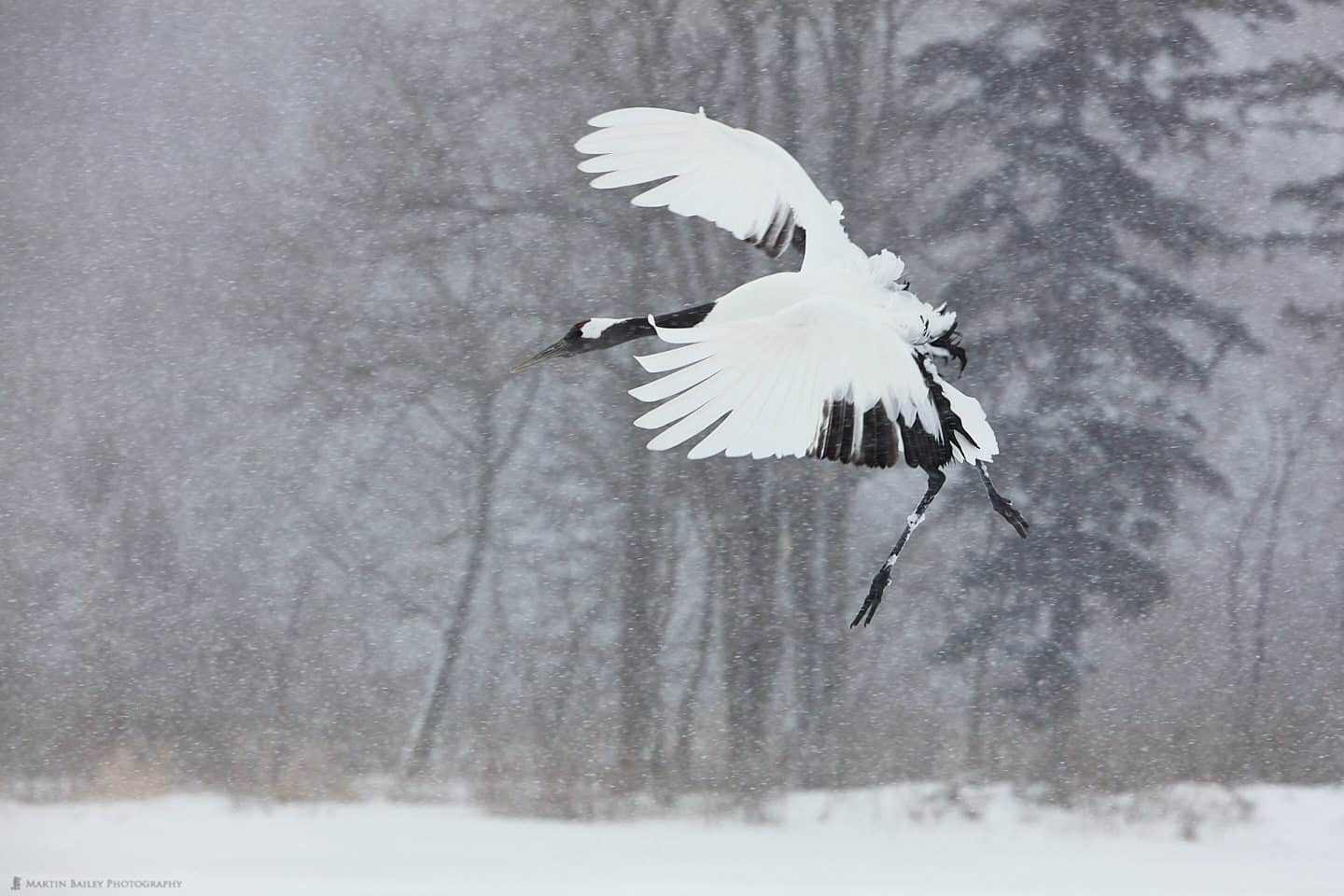
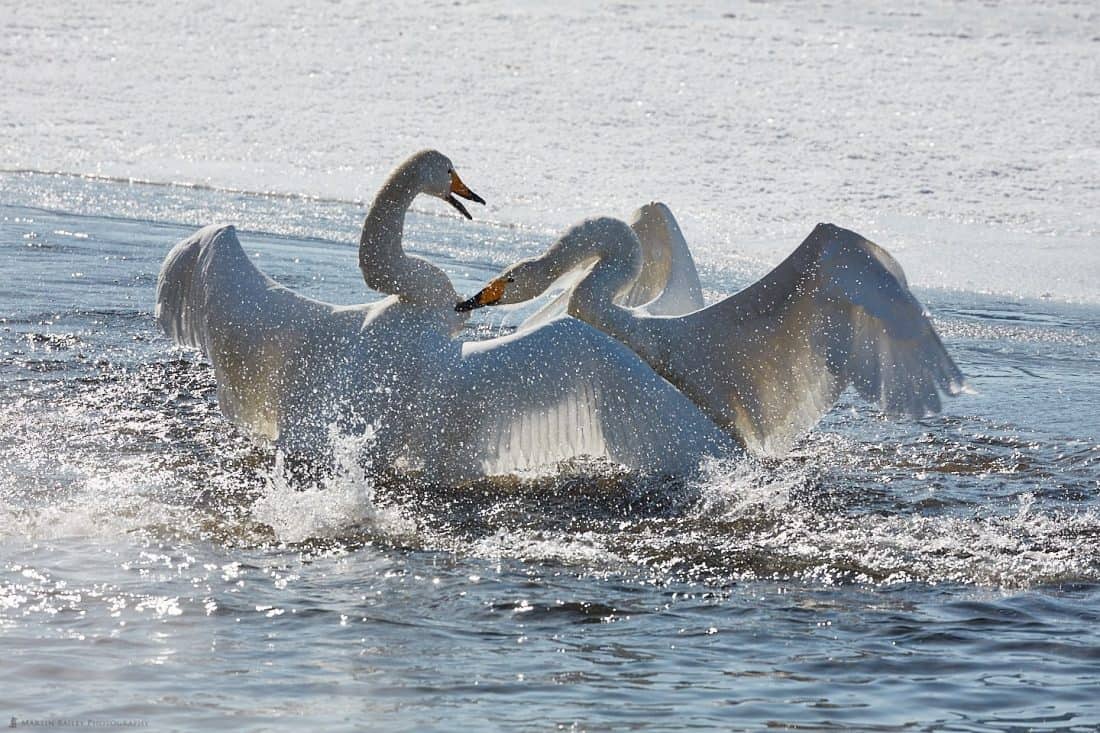
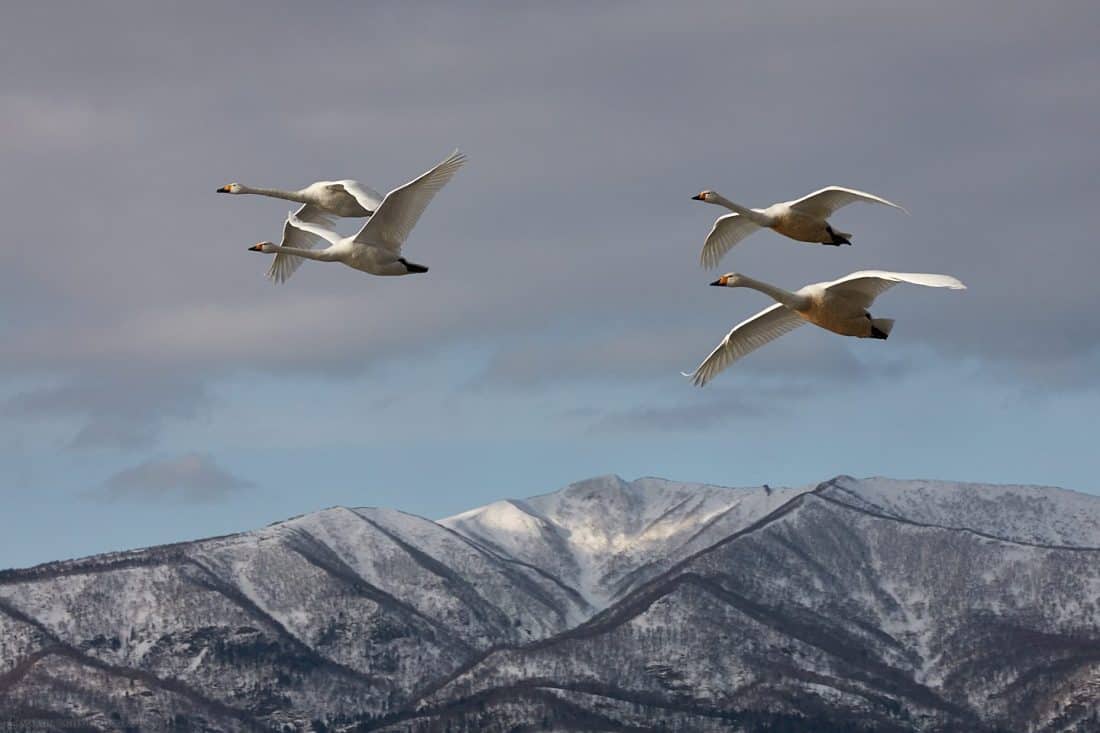
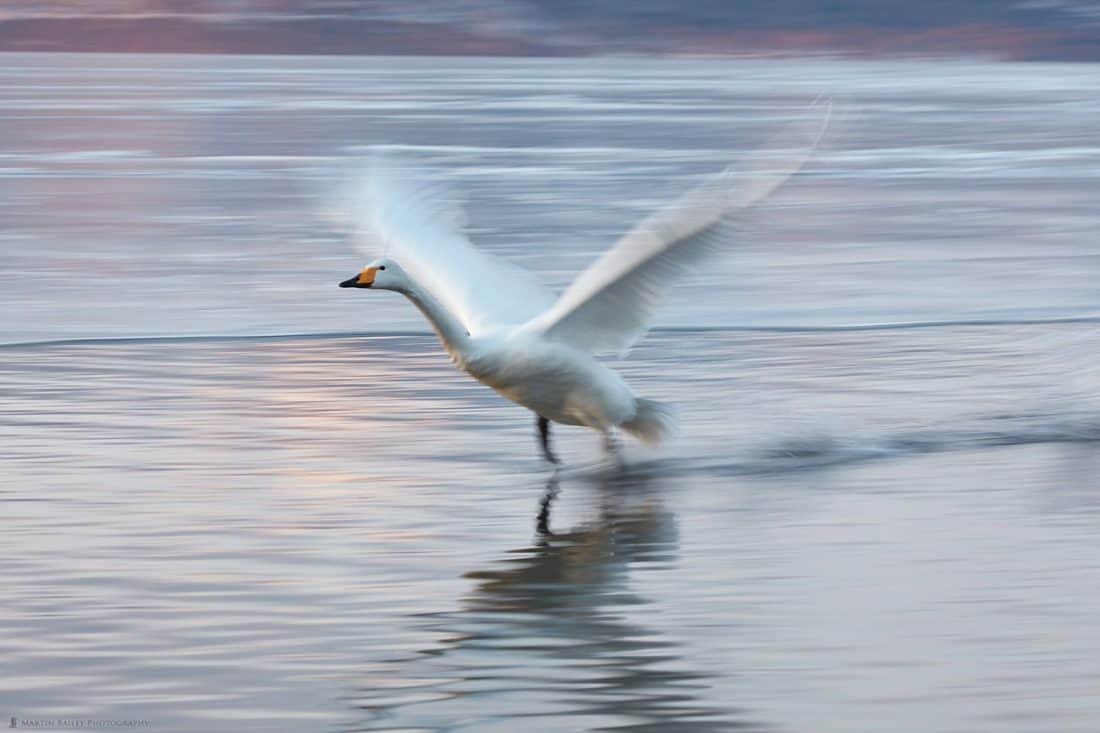

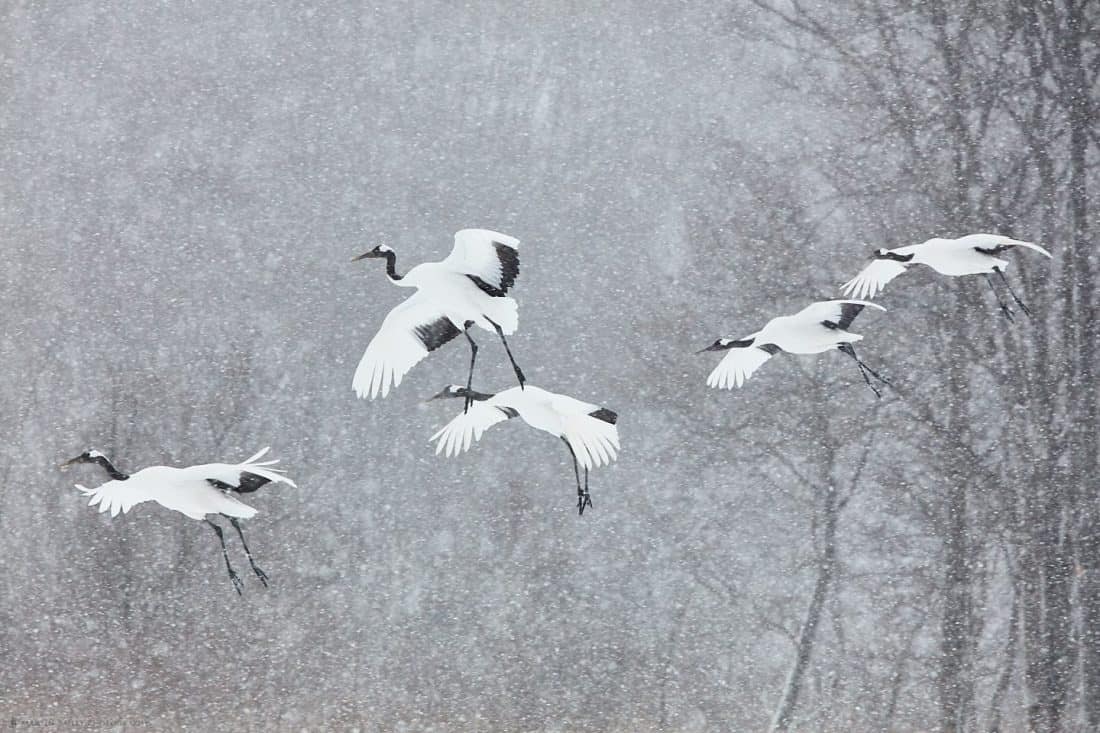
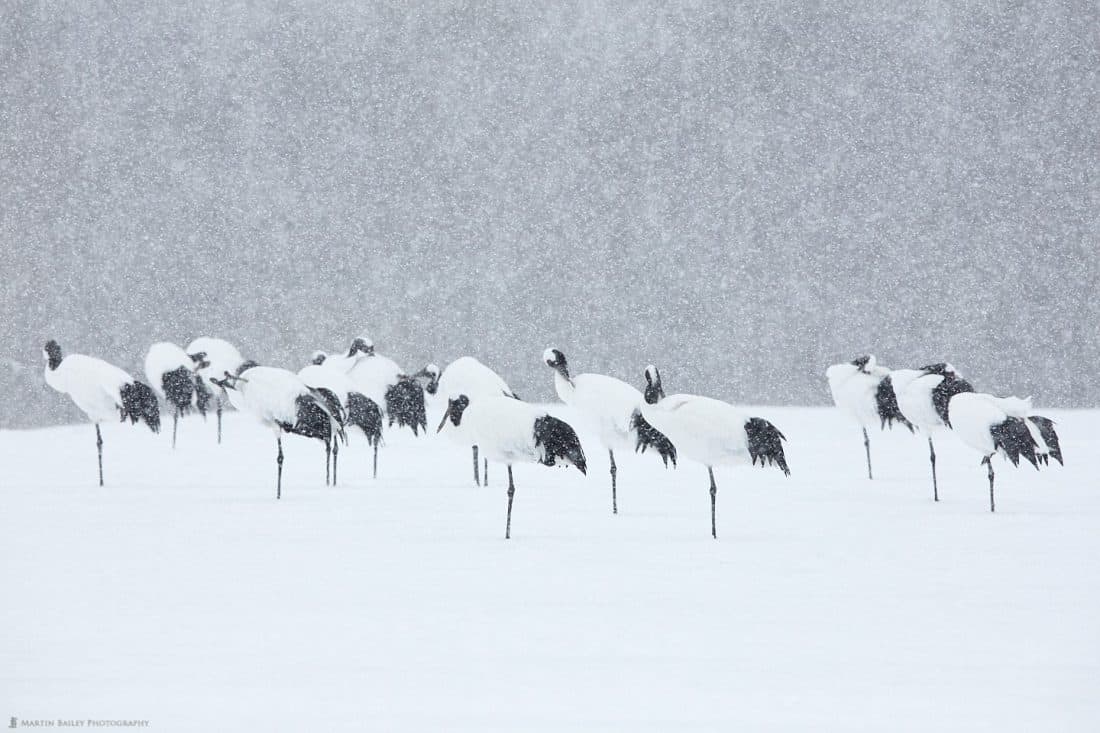
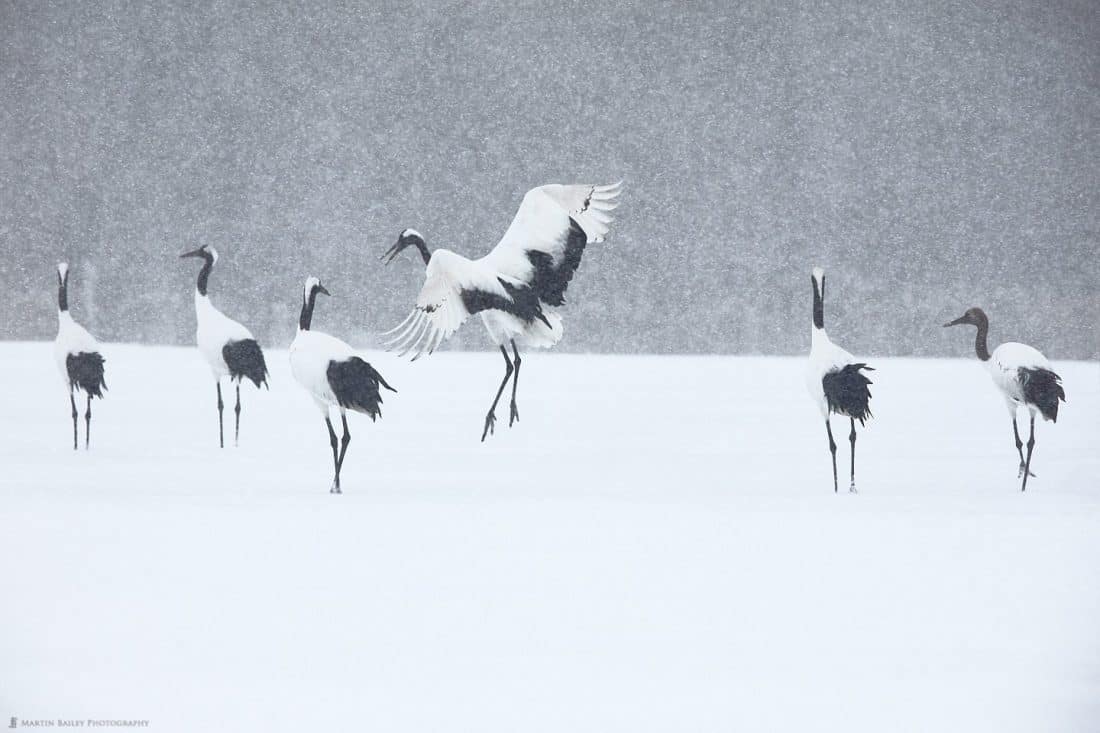


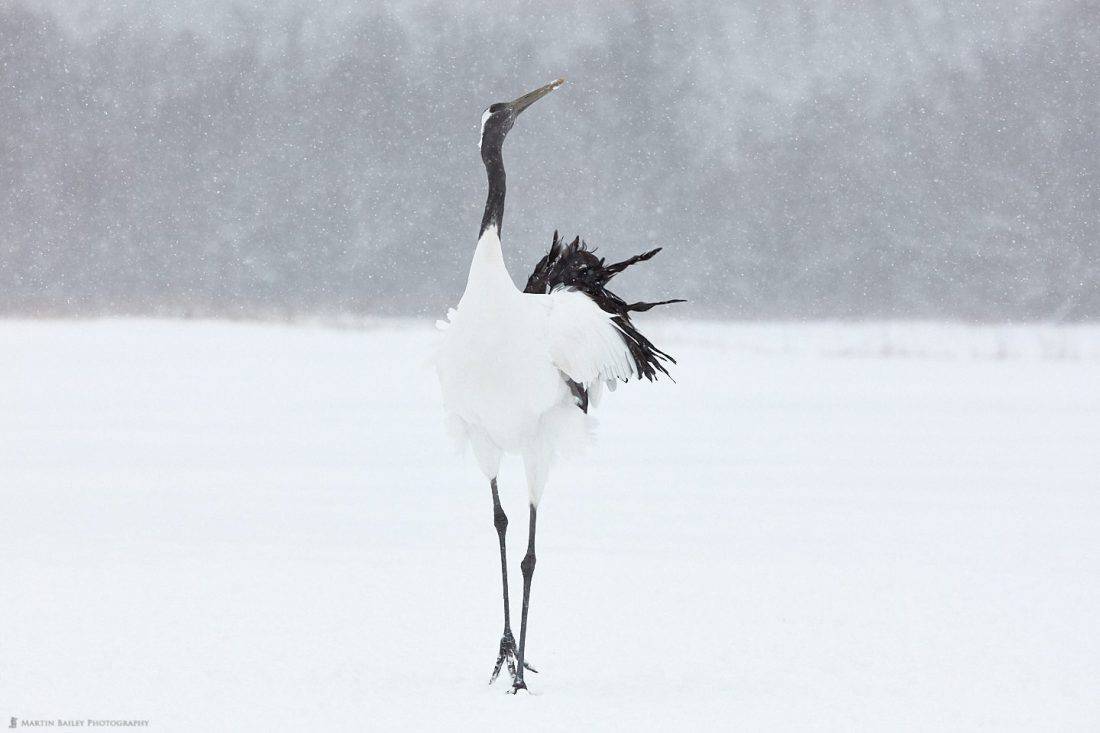
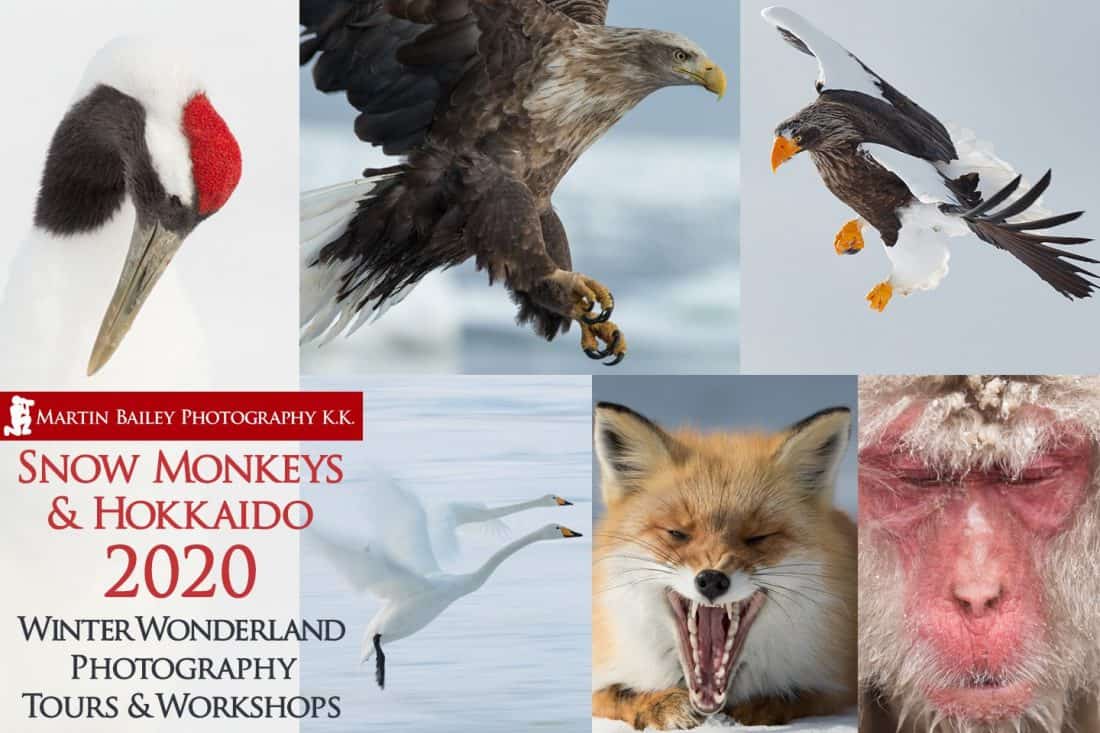

0 Comments